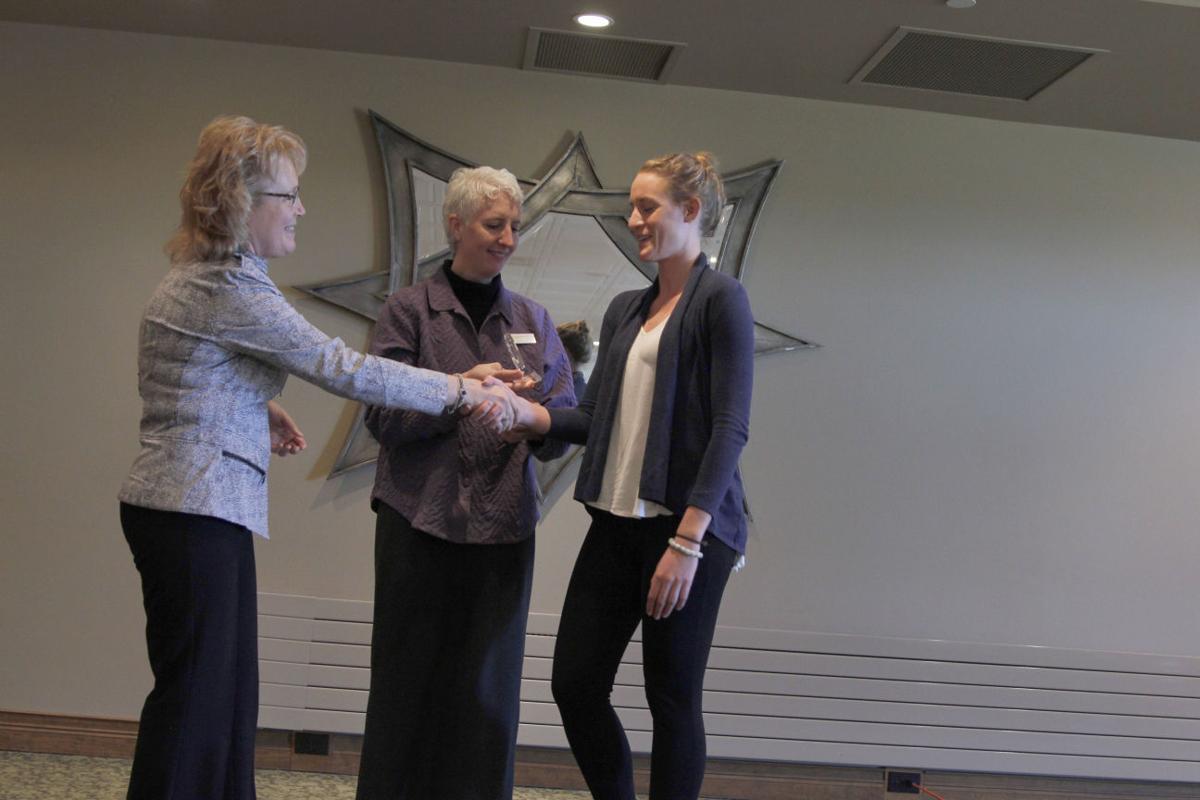
The Right Turn’s project, entitled a “technology investment and service expansion project”, includes distance-learning technology updates, and training throughout the region between the headquarters in Pierre and their branches.
“We’ve noticed that sometimes there can be transportation barriers or logistical barriers that keep students from participating in our classes as much as they would like to,” Mary Gates, executive director of The Right Turn, said.
The Right Turn assists 12 counties in central South Dakota, including Lower Brule and Rosebud reservations with child care training and advising.
Limited technology in both hardware and software as well as geographic limitations keep long-distance students from the proper resources and education available to them by The Right Turn.
Gates said they have noticed child care providers are very open to doing more with web and video conferencing for meetings to discuss challenges and also for classes provided by the organization. Limited technology is keeping these resources from being completely successful.
The total budget for this project is $26,300.
Other funds have already been committed to this project from other projects, Gates said, which would leave the shortfall of $22,300, the amount for which they’re asking from United Way. The additional $4,000 comes from funds they already have allocated for technology investments.
Funds also would come from subgrants to eligible childcare providers based on their specific situation, Gates said. The provider may need a new modem or router or a more sustainable equipment like a laptop, and subgrants would be available for those costs.
Over the span of a seven-year period, which is the estimated life of technology, The Right Turn calculated 670 hours of distance-learning group instruction and more than 3,500 hours of remote technical assistance.
Remote technical assistance is the service provided to child care providers who want to improve the quality of the care they’re providing or trying to navigate a challenging situation.
One of the main reasons for providing more distance-learning technology is to erase geological barriers, Gates said.
The other factor is that curriculum which requires interaction only with a computer has had little success, Gates said.
“They don’t become a part of the learning community with just the class,” she said. “The quality of experience is much less when they’re not part of the learning community. This can be a live learning experience over distance.”
With the help of new distance-learning technology, the non-profit organization estimates that 3,600 hours of distance learning would be provided for adult basic education or English language instruction to those who currently are unable to communicate because of transportation or geographical boundaries.
“A piece of this that is very important is the training,” Gate said. “If we have the equipment, we need to know how to use equipment and have the students and child care providers know how to use the equipment on their end, too.”
[“source-ndtv”]

